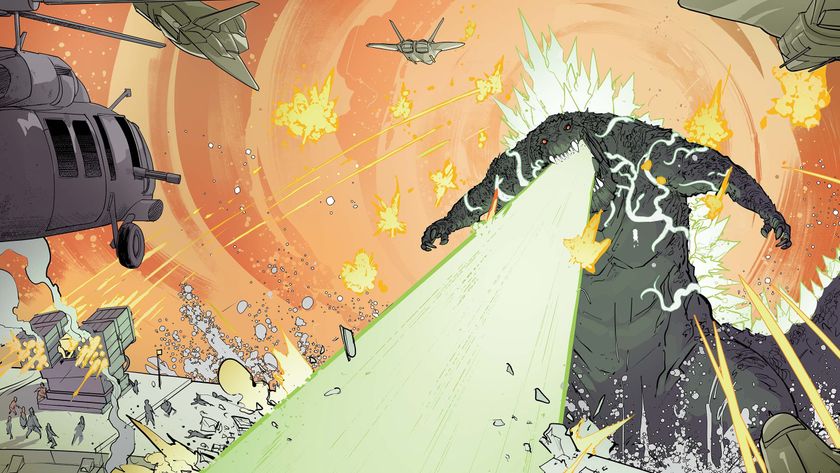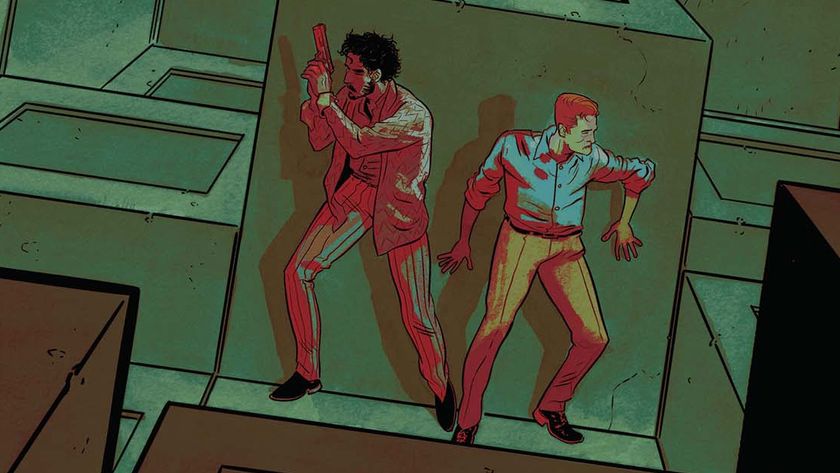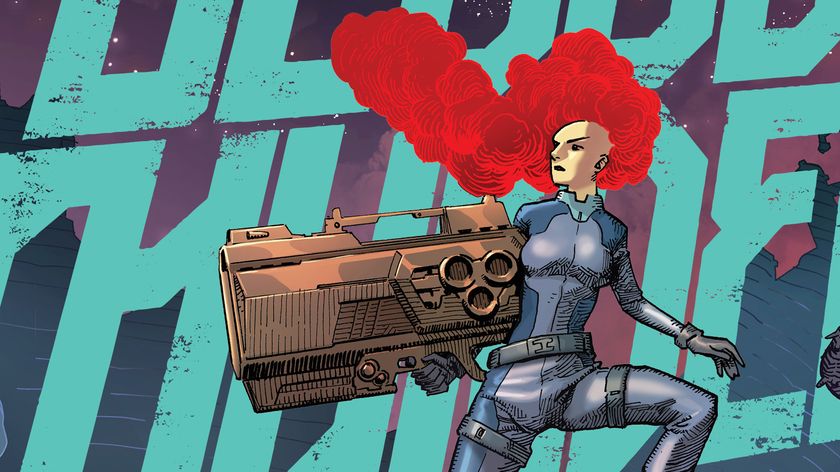The evolution of the Teenage Mutant Ninja Turtles' looks over the decades
The TMNT only look like they haven't aged a day since 1984
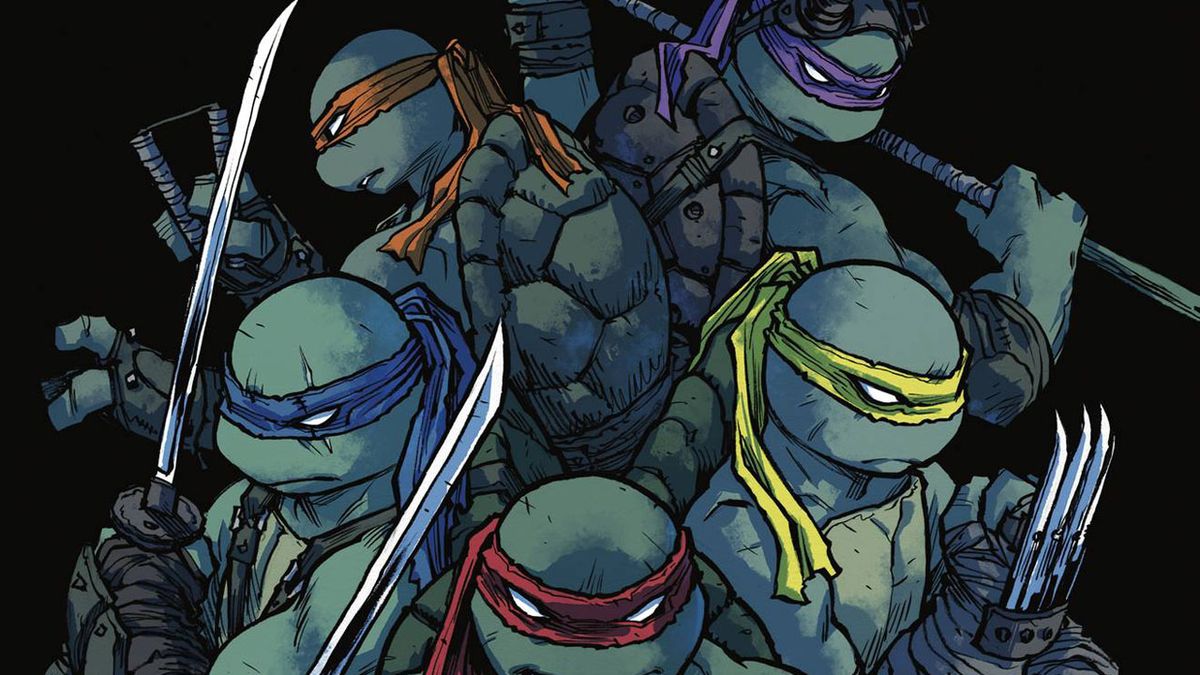
'Heroes in a half shell' is a pretty apt description of the Teenage Mutant Ninja Turtles. Our favorite foursome (now a fivesome) has stood the test of time with what seems like only minor costume updates over the decades - but those changes were monumental in their impact.
In the long history of TMNT, the turtles have morphed and changed to fit the time, and despite their relative sameness, their popularity and cultural impact haven't diminished.
Black-and-white origins (and their shortcomings)
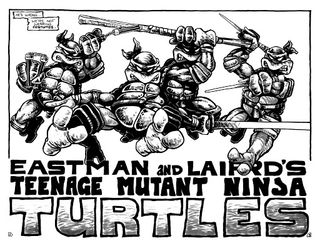
The Teenage Mutant Ninja Turtles were launched by Peter Laird and Kevin Eastman in 1984 as a humble black-and-white independent comic that seems far removed from the colorful franchise we know of today. Back then, the brothers were ruthless ninja that stalked New York streets in search of the Foot. The character designs were rough and kinetic, soaked in black ink and dripping with attitude.
With their introduction, however, came an issue; you couldn't tell the turtles apart without them holding a weapon or referring to them in dialogue. When the comics eventually jumped to color, the brothers' anonymity remained as they all donned red masks. An excellent trait for ninja, but not for franchise characters.
It wasn't until the first animated series when the four turtles' masks were color-coded to differentiate them, and the franchise was off to pop culture domination. The splash of color (and that little nameplate belt buckle) gave each character a bit of design clarity, allowing fans to identify each quickly.
The silhouette test
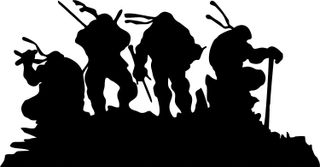
An excellent way to check to see if a character design is working is the silhouette test. Strip your favorite character down to just black. If they remain recognizable, they pass the test. Mickey Mouse, Pikachu, Tracer from Overwatch, Batman, and many others have unique and recognizable silhouettes that can be identified quickly and easily among a plethora of black shapes. The TMNT falls somewhere in the middle of the scale.
If you put them through the test, they are unmistakable as the ninja turtles. However, each individual turtle loses its identity once the color is scrapped and the weapons are removed. For example, if you handed Donatello a pair of nunchucks and created a silhouette of that image, someone would be hard-pressed to know the difference between him and Michelangelo. Because the turtles are a squad and rarely operate as individuals, their autonomy is never addressed.
Comic deals, prizes and latest news
Get the best comic news, insights, opinions, analysis and more!
How that's used in TMNT: The Last Ronin
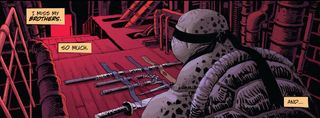
In fact, the marketing for TMNT: The Last Ronin banked on the brothers being interchangeable before the reveal of which of them died. The Last Ronin plays with the turtles' character design to create drama. It's set in a dystopian future where three of the four ninja turtles have been killed, leaving the last brother on a hunt for revenge. From the first issue's opening, you are left to wonder which turtle is the surviving brother since they all look exactly the same. The art harkens back to the early black and white days of the turtles, with the survivor donning an all-black costume along with dialogue to mask the turtles' personality.
The reader is compelled to read on searching for clues about which turtle is on the hunt for vengeance. One panel goes to great lengths to show you all the colored bandanas and weapons laid out in front of our hero, laying bare all that gives our favorite mutants personality. The first issue uses the turtle's design shortcomings as a story element to create tension and suspense. Talk about turning a weakness into a strength.
Recent cartoon evolution
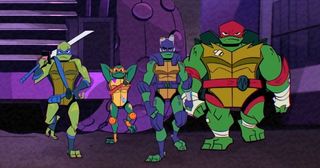
In the 30+ years of TMNT domination, the foursome has remained relatively similar in each incarnation. Starting from their comic book roots, the turtles remain unchanged to maintain recognizability. Once the animated series launched in the late '80s, the comics adopted the popular character design philosophy and didn't look back.
The animated series Rise of the Teenage Mutant Ninja Turtles took very drastic design liberties and did something unique with each individual turtle. Gone are the classic turtle designs we have all grown to love. The simple color-coded nature of the brothers was enhanced by using shape language to define each turtle.
For quick reference, shape language is the use of shapes to communicate meaning by association. More rounded characters are seen as warm and friendly, while angular characters, like Shredder, are harsh and violent. If you aren't familiar, go look up this concept. Once you see it, you will be looking for it in every cartoon or anime you watch.
If you use Leonardo's character as a base, each turtle is designed and drawn to match their personality and fighting style. While Raphael is a hulking, square-headed brute, Michaelangelo is a smoother, smaller, more lithe ninja. Each turtle is given tweaks to help differentiate its silhouette from one another. No matter how you feel about the change, you can't deny these designs help each turtle stand out from its brothers.
Mutating is good

The turtles continue to inform pop culture and entertain generations of children and adults alike. With each new incarnation, the door is open to shape and mold these character designs for new generations. By maintaining a clear shape language and establishing each turtle's visual identity, the already iconic characters can stand the test of time.
As more and more animators and artists get to work on the TMNT, more opportunities arise for separation of the quartet, making each individual turtle that much more iconic. Which in turn makes the group as a whole stronger.
If you've made it this far, you're definitely a TMNT fan... but have you read all their best stories? Check out Newsarama's list of the best Teenage Mutant Ninja Turtles stories in comic books.
Carl Waldron is a graphic design professional and writer. He has written pieces for both IGN and DC Comics. Carl hosts a podcast dedicated to black superheroes called Super. Black. and strives to merge his love of comics and his passion for design.
Most Popular






